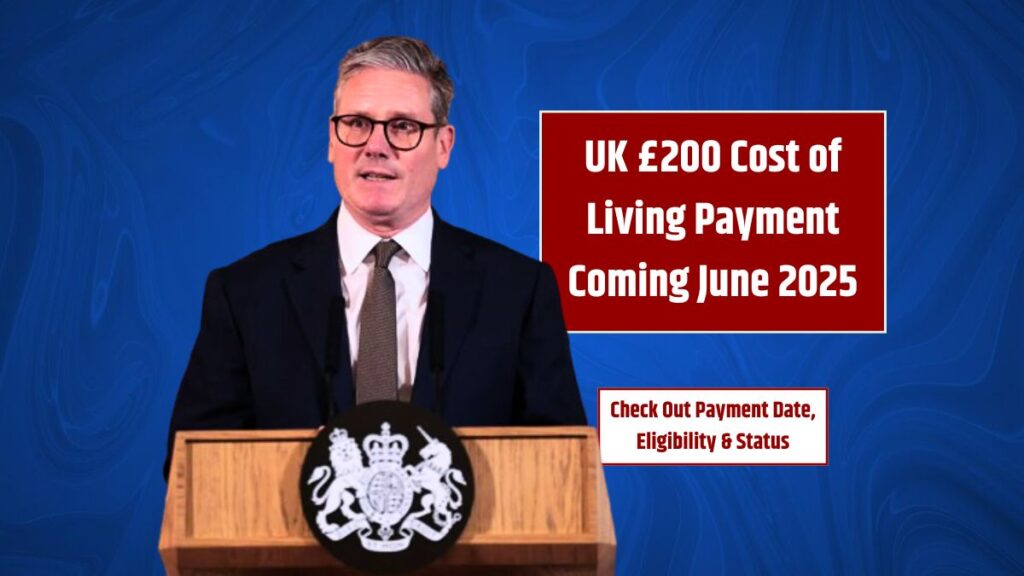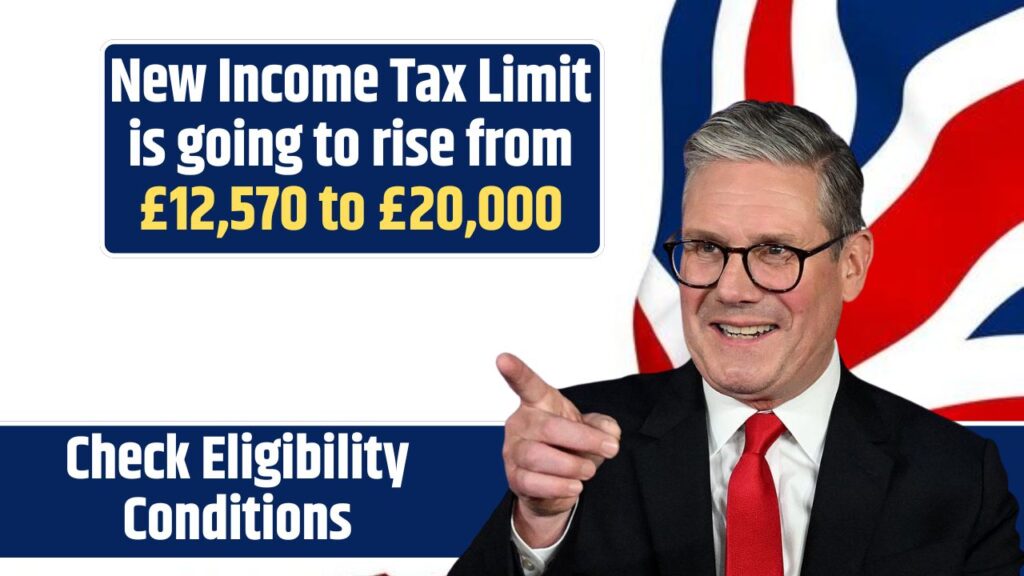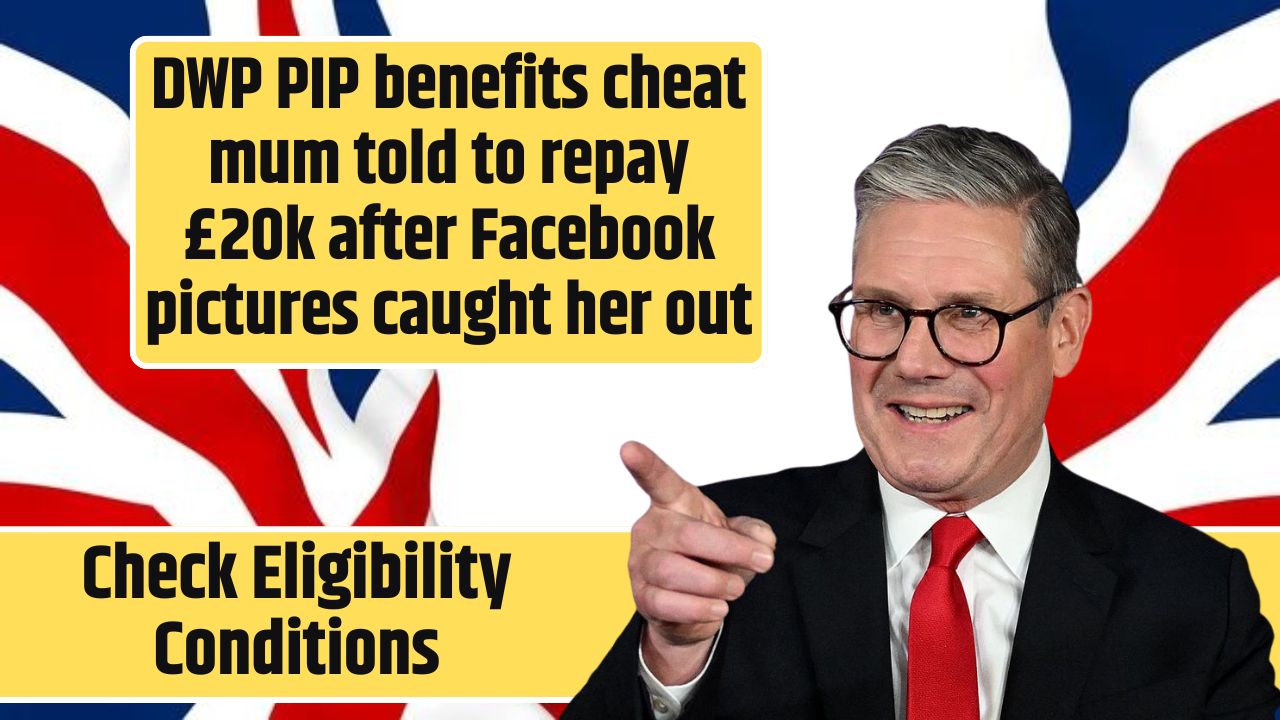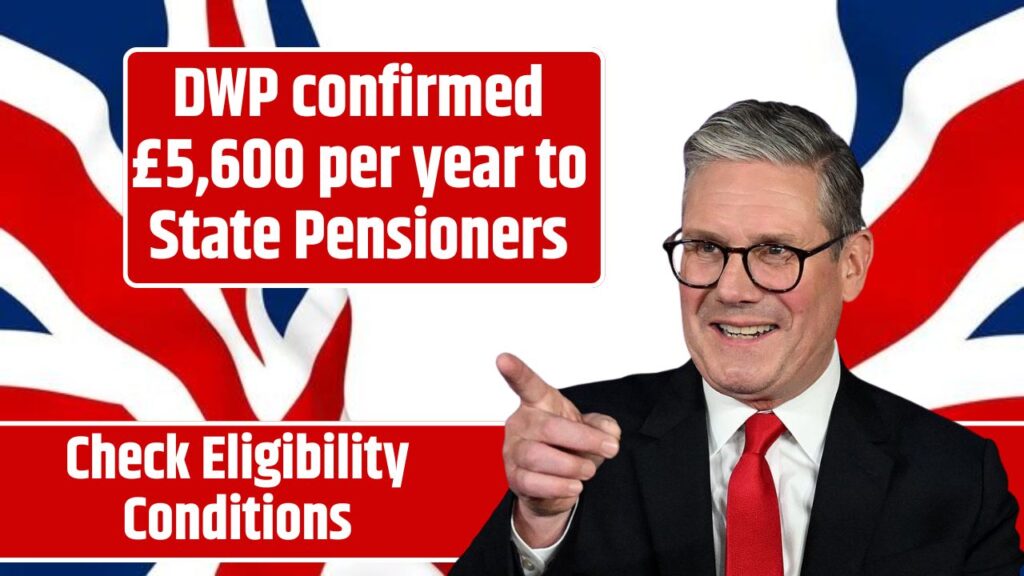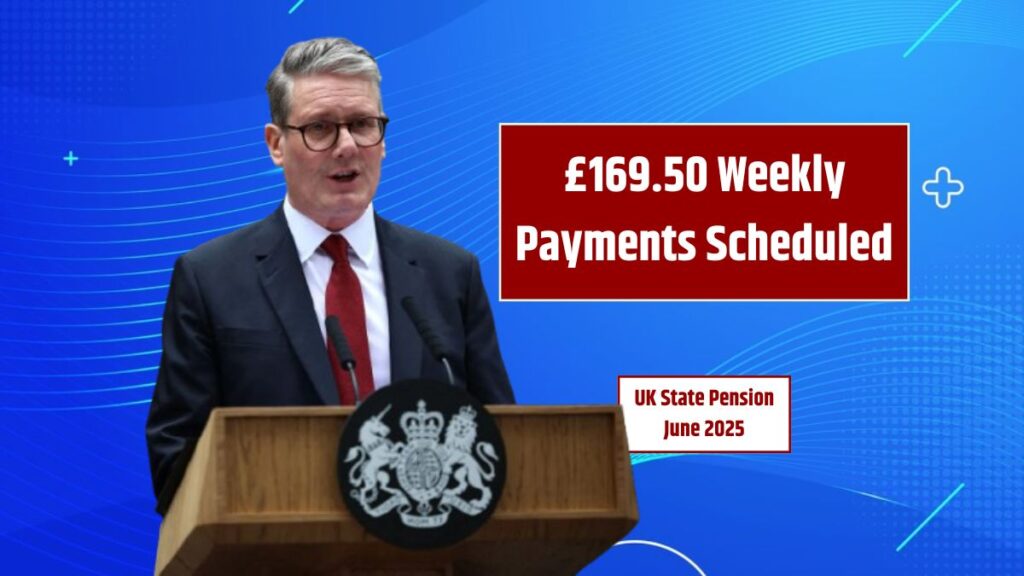As April begins, discussions around an $800 stimulus payment have generated hope for Americans seeking relief from rising living costs and persistent financial strain. While this isn’t part of a new federal initiative, multiple states have rolled out their own economic relief packages to support residents. If you’re unsure whether you qualify or how to apply, this guide will help you understand the essentials and avoid missing out on this financial support.
Overview
The proposed $800 stimulus is part of state and local relief efforts—not a national stimulus check. These payments are aimed at assisting specific groups, including seniors, low-income households, and individuals with disabilities, depending on where you live. The support may come in the form of direct cash payments, utility assistance, or property tax and rent rebates.
Here’s a quick breakdown of the key details:
| Topic | Details |
|---|---|
| Stimulus Amount | $800 |
| Eligibility | Based on state-specific income, age, or disability requirements |
| Application Deadline | Varies by state; check your state’s official website |
| Official Resources | IRS Economic Impact Payments page, State Treasury or Relief Portals |
| Extra Benefits | Rent relief, utility credits, property tax rebates in some states |
What is the $800 Stimulus?
This $800 payment is not a federal stimulus check like the ones distributed during the pandemic. Instead, states are leveraging their own budgets and federal aid allocations to support vulnerable populations. These relief packages are meant to address seasonal expenses and economic hardship brought on by inflation, high utility costs, and other financial pressures.
Some examples of support include:
- Direct stimulus payments to residents
- Rebates for rent or property taxes
- Utility assistance for heating or electricity bills
Eligibility Requirements
Since this is a state-run initiative, eligibility criteria vary, but here are the most common factors states are using to determine who qualifies:
1. Income Requirements
Most programs are income-based, targeting low- and middle-income individuals. For instance:
- Pennsylvania: Rent or property tax rebates for those earning under $45,000
- Colorado: Direct payments for residents with income below $75,000
2. Age or Disability-Based Benefits
Several states focus on seniors or residents with disabilities:
- Pennsylvania: Property tax rebates for residents aged 65 and over
- Other states: Financial aid for individuals with verified physical or mental disabilities
3. Residency Verification
To receive payment, proof of residence is usually required. Acceptable documentation may include:
- Utility bills with your name and address
- Rental or lease agreements
- State-issued identification
4. Need-Based Relief
Some programs go further by targeting residents facing immediate hardship, including:
- Skyrocketing heating or electricity bills
- Difficulty affording food or household necessities
- Urgent rent obligations or risk of eviction
How to Check If You’re Eligible
To determine if you qualify for the $800 relief, follow these steps:
Step 1: Visit Your State’s Relief Website
Each state runs its own application portal. For example:
- Pennsylvania: Property Tax/Rent Rebate Program
- Colorado: Department of Revenue or Department of Human Services
Step 2: Prepare Required Documentation
Most applications will ask for:
- Recent tax returns or W-2 forms
- Proof of address (utility bills, rental agreements)
- Valid photo ID
- Medical or disability documentation (if applicable)
Step 3: Watch the Deadline
Deadlines vary by state. For instance, Pennsylvania’s program has a deadline of April 31, 2025. Submit your application as early as possible to avoid delays.
How to Claim the $800 Stimulus
Once you’ve confirmed your eligibility, follow these steps to apply:
Step 1: Choose the Appropriate Program
Select the relief program that applies to your situation—whether it’s direct cash aid, utility relief, or rent assistance.
Step 2: Complete the Application
Fill out your application accurately and completely. Double-check details to prevent processing delays.
Step 3: Track Your Application
Many states provide an online portal where you can track your submission. For example, Pennsylvania’s rebate program allows residents to monitor their application status in real time.
Step 4: Receive Your Payment
Payments are typically issued by direct deposit or paper check. Ensure your bank account and mailing address are up to date with the state agency handling the program.
Additional State Programs Offering Relief
On top of the $800 stimulus, several states are providing additional benefits for eligible residents. Here are a few standout programs:
| State | Program | Amount | Eligibility |
|---|---|---|---|
| California | Middle-Class Tax Refund | Up to $1,050 | Based on income and number of dependents |
| New York | Homeowner Tax Rebate Credit | Varies | Automatically issued to eligible homeowners |
| Florida | Inflation Relief Payment | $450 per child | Families enrolled in TANF or similar programs |
These programs offer supplemental aid and may be claimed separately from the $800 state relief, depending on where you live and your financial situation.
FAQs
Is the $800 stimulus a federal payment?
No, it is a state-level relief program, not issued by the federal government.
Who qualifies for the $800 stimulus?
Eligibility varies by state but typically includes income, age, or disability-based requirements.
How do I apply for the $800 payment?
Visit your state’s official government or treasury website and follow the provided application instructions.
When is the application deadline?
Each state sets its own deadline. Be sure to check your state’s relief page for details.
Can I track my stimulus application?
Yes, most state programs offer tracking tools so you can monitor your payment status.





